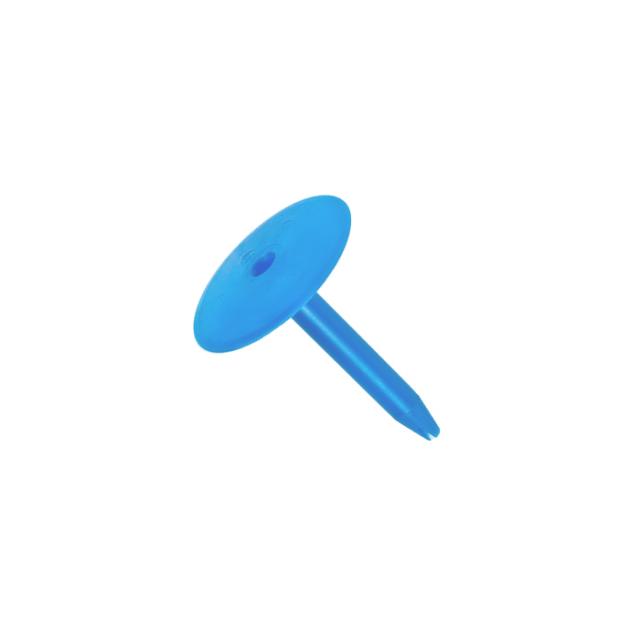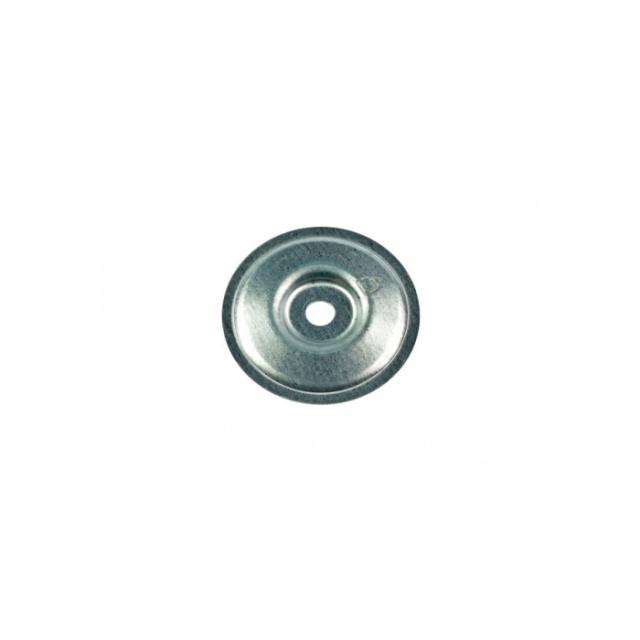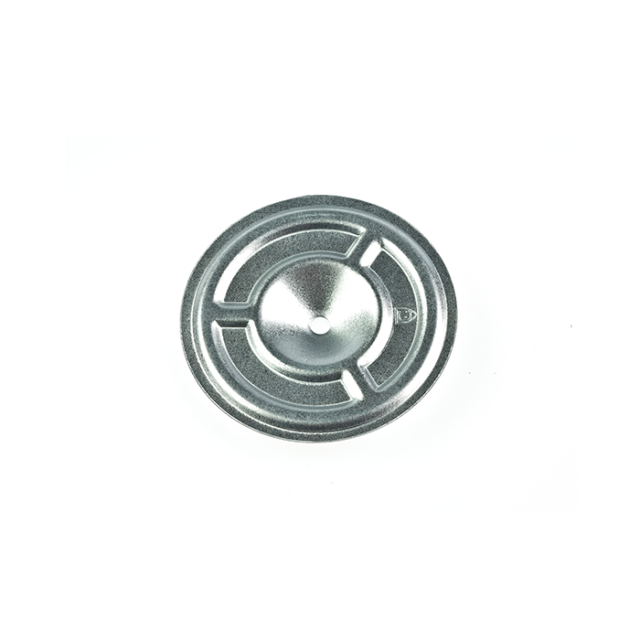Mechanically fastened multi-layer bituminous roof systems


Mechanically fastened multi-layer bituminous roofing systems are used on both commercial and non-commercial buildings. Do you want to apply a multi-layer bitumen roof to your project? Then this article will give you a quick insight into the different scenarios.
Mechanically fastened multi-layer bituminous roof systems are suitable for cold roof constructions, but are mainly chosen for warm roof constructions. Cold roof constructions have a wooden roof deck, while warm roof constructions have a structure of roof construction, vapor barrier, insulation and on top of that the multi-layer bituminous roof membrane system.
Types of bituminous systems
In Europe, a multi-layer bituminous system is very popular for flat roofs. We see a great variety in this. Characteristic of these systems is that the base layer usually has a high-quality polyester reinforcement in comparison with the traditionally burned and glued systems. This gives the membrane the necessary strength when tubes and pressure plates are used to fasten the roof build-up to the roof structure.
Material:
Basic layer: Polyester-reinforced SBS or APP, thickness 2.5-3.0 mm (2500-3500 g/m2)
Top layer: Glass/polyester-reinforced SBS or APP, thickness 3.5-5.0 mm (4000-5000 g/m2)
Common membrane width: 1.0 m
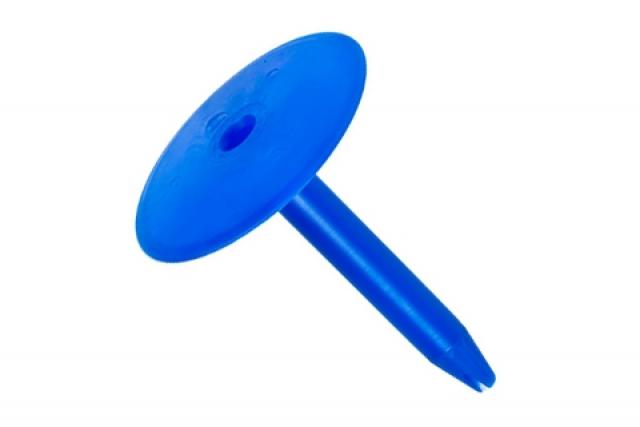
Two methods to mechanically fasten multi-layer bitumen roof systems
Regardless of the materials used, there are two methods of fastening bituminous multi-layer roofing systems: field fastening and overlap fastening.
Method 1: Field fastening
The pressure plates or tubes are fastened in the base layer according to a predetermined pattern, independent of the overlaps of the base layer (field fastening). This is done in symmetrical patterns or in patterns adapted to the specific roof structure. When the base layer has been applied/installed, the top layer is then torched, or bonded with hot bitumen on the base layer.
The two types of fasteners which are suitable for field fastening:
Both fasteners are suitable for fastening insulation and under layers.
This way of fastening is mainly done in Belgium and the Netherlands.
Method 2: Overlap fastening
The plates or tubes are fastened in the 10-cm wide overlap of the base layer. The overlap is then torched in the same way as single-layer bituminous systems. The top layer is then burnt or bonded with hot bitumen on the base layer.
These for fasteners are suitable for overlap fastening:
This method is widely used in Scandinavian countries.
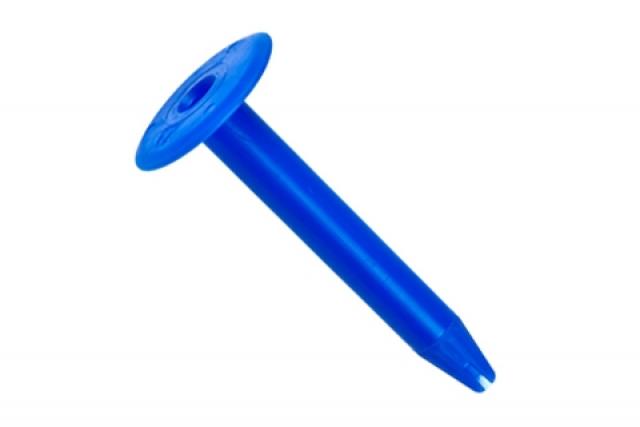
Guardian fastening solutions
Guardian offers a wide range of pressure plates and plastic tubes for the safe fastening of multi-layer bituminous roof membrane systems, both on soft and hard substrates (insulation).
The standard range of Guardian overlap fasteners has design values of 450-650 N/fastener, depending on the membrane type. The high-performance range of Guardian pressure plates and tubes achieves design values as high as 650-850 N/fastener. The design load for each membrane/plate-tube combination is determined on the basis of full-scale wind uplift tests according to the EN 16002 testing method.
Guardian's experts are ready to assist you with your project. This way you can be sure that you are making the right choice in your mounting solution!


